Citrus Fruits and More Edible Garden Ideas for Indoor and Outdoor Growing
Several fruit trees and herbs make good house plants. Grow useful plants indoors during the winter and, simplify your life by putting them outdoors in warm weather. Here are a few plants to consider.
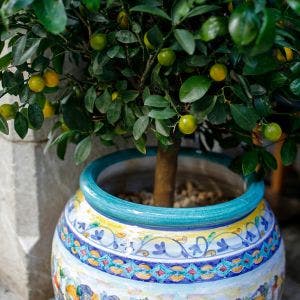

Citrus fruits: lemons, limes , oranges, and more
Our cultivated citrus fruits are all hybrids, created by gardeners sometime in the last 1000 years. Advice that works for one generally works for the others. It also means the plants don’t breed true. Although it is pretty easy to grow a tree from a lemon seed, the fruits of that plant are likely to be disappointing. The most effective way to have lemons or oranges grow in your house is to buy the right plant. A dwarf cultivar works best. Put your tree in bright light; citruses need 8 to 12 hours of good light to flower and fruit. They also require ample water to grow well and don’t let the pot dry out. Citruses do not like to be moved—mine stopped growing for months after being moved. I’d recommend having one spot indoors and one outdoors (as similar as possible in light and temperature) and leave the plant in those spots for months. Even if they don’t flower, miniature citrus trees make lovely house plants. They grow shiny green leaves that have a soft lemony smell. Flowering is a real treat; the flowers are white and fragrant, just gorgeous. And then there are the fruits.
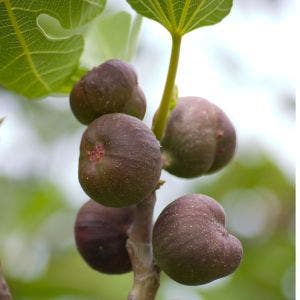

Edible figs, Ficus carica
There are easily 800 species of fig, genus Ficus, of which only some produce edible fruits and even fewer will do so indoors without pollinators. But you can in fact grow the edible fig, Ficus carica, in a pot and have it produce fruit indoors. Grow it in mix of sand and clay with lots of organic matter (compost). A big pot will support a bigger plant with more fruit; use a smaller pot if your space is small. Figs fruit more when they become somewhat pot-bound, so once roots have started to come out of the drainage holes, prune it back to the size you want. Keep it moist and mist regularly for best results. Put it in bright light, especially a north-facing window. Check for drafts; cold stunts fig growth. Then watch for flowers.
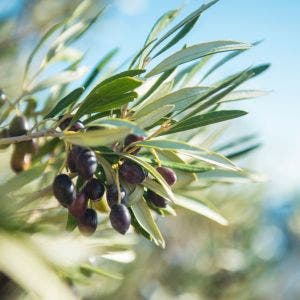

Olive, Olea europea
Olive trees will produce lots of olives in a year with minimum care if they are happy. Fruits can be messy, so many ornamental olive trees do not fruit. Look specifically for varieties that will produce fruit indoors, for example Arbequina and Picholine. Place them in a very bright location; olives require full sun--six or more hours of sunlight daily to flower. Wait until the top inch of soil in the pot has dried to water the plant and be careful not to overwater. If the olives it produces don’t look like olives to you, remember that most of the olives we eat have been pickled or otherwise preserved; read up on curing olives.
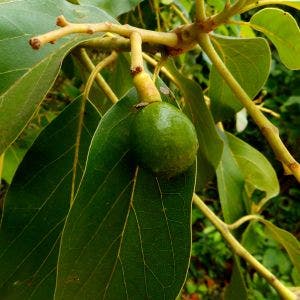

Avocados, Persea americana
Avocados will produce fruit as houseplants. However, standard avocados are 10’ shrubs and difficult to manage indoors in a pot. Choose a miniature avocado. Provide it with as much light as possible, 6-8 hours a day, for example in a south-facing window. Be sure it is in a pot that will drain, not trap water around the roots, and water regularly. Root rots is a problem for avocados in pots; use a light soil with a lot of sand, for example cactus soil, and a pot that “breathes” such as a terracotta pot (you can hide it in a more decorative pot). Avocados prefer slightly acid soil; if your tap water is alkaline, water with distilled water. For better fruiting success, provide warmer indoor temperatures, above 70°F. Avocados produced indoors will probably be smaller than the ones offered in grocery stores, but just as tasty. They ripen slowly and can be left on the tree for several weeks after becoming ripe enough to eat; enjoy the look of your tree with fruit on it.
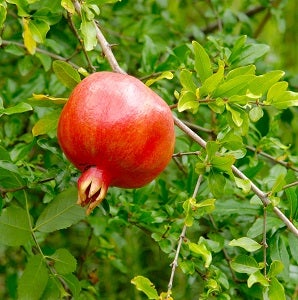

Pomegranate, Punica granatum
Pomegranates have been beloved fruits since Biblical times. The trees are frost-sensitive, so can only be grown outside in warm regions, so many people have never seen a pomegranate tree. They are lovely. The flowers are orangy red with a rounded shape. The fruits are even redder, filled with delicious juice around edible seeds. They will grow as evergreens indoors. To keep a pomegranate as a houseplant, buy a small plant, not the standard size. Choose one that self-pollinates or you will have to hand pollinate. For fruit, keep the little tree warm—they like it above 80°F—but will survive in much cooler temperatures (down to above 50°F). Provide regular water, keeping the pot moist but never soggy. Be sure there is good drainage. This is one indoor plant that does not like high humidity. For fruit it needs 6-10 hours daylight; in northern areas you will probably need supplemental lights. Pomegranates tend to have wide canopies with long branches; for a houseplant, prune the branches way back to produce a compact shape.
Take Aways
Sufficient good light and drainage are themes above. Those make an indoor environment enough like the outdoors that these fruit trees will flower. Try these pretty plants.






